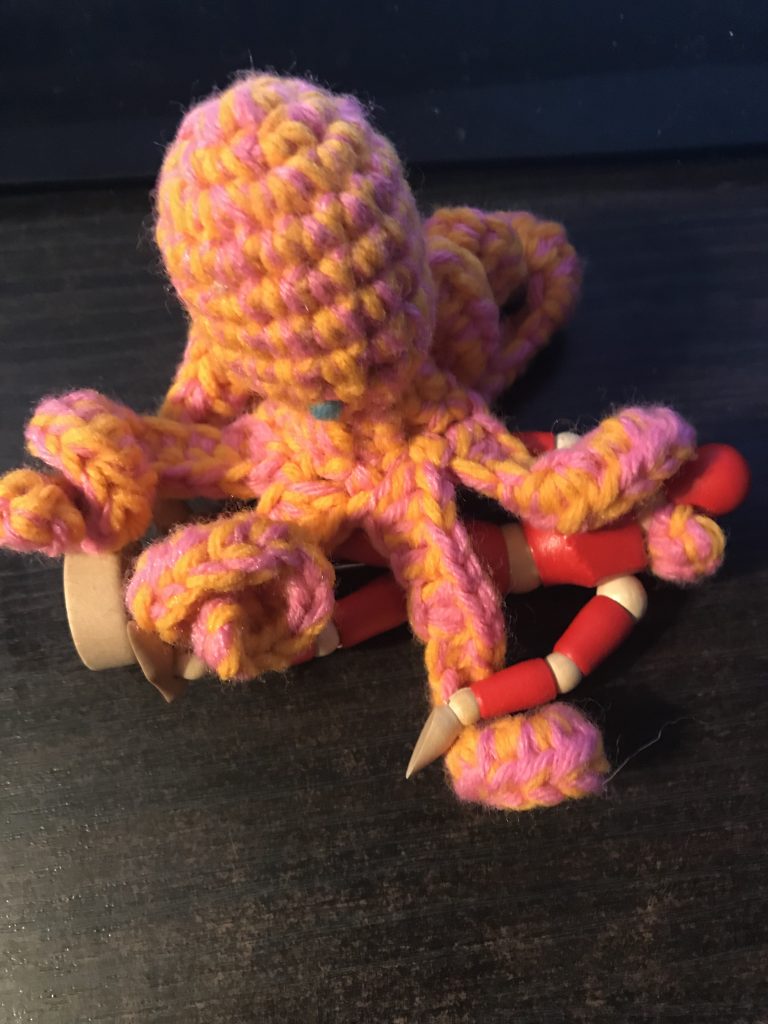Well, November is almost at an end. Have you finished your novel?
If you’re still smoothing out the rough patches on your characters (hopefully the next generation of Harry Potters), here are few tools to help you:
A – C – S – S
Action – define your character by what he does?
Conduct – define your character by how he behaves (or doesn’t)?
Self-culture – define your character by how he educates himself (or doesn’t)?
Self-control – define your character by how he manages his emotions (or doesn’t)?
To show how character is shown through all four of these tools, watch a master at work. The following excerpt is taken from Allan Quatermain by H. Rider Haggard. For those of you not familiar with this book, Allan Quartermain’s character was played by Sean Connery in the movie, League of Extraordinary Gentlemen. In Allan Quartermain, the eponymous character is on a quest to find a legendary white tribe. He is accompanied by several friends, including a disgraced Zulu, who has fled his village after his beloved wife betrayed him. The Zulu, Umslopogaas, serves often as the comic relief, but he is also a sword and shield on which Allan, quite an elderly man, often relies (thought Allan is no pushover himself).
Our adventurers are sucked into a whirlpool and sent hurtling down an underground river. Eventually, they are able to ground their canoe and rest a while in a gloomy cavern, which the echoes of their voices makes still unnerving. Watch how our characters, particularly Umslopogaas, deal with this development.
By the river’s edge was a little shore formed of round fragments of rock washed into this shape by the constant action of water, and giving the place the appearance of being strewn with thousands of fossil cannon balls. Evidently when the water of the underground river is high there is no beach at all, or very little, between the border of the stream and the precipitous cliffs; but now there was a space of seven or eight yards. And here, on this beach, we determined to land, in order to rest ourselves a little after all that we had gone through and to stretch our limbs. It was a dreadful place, but it would give an hour’s respite from the terrors of the river, and also allow of our repacking and arranging the canoe. Accordingly we selected what looked like a favourable spot, and with some little difficulty managed to beach the canoe and scramble out on to the round, inhospitable pebbles.
‘My word,’ called out Good, who was on shore the first, ‘what an awful place! It’s enough to give one a fit.’ And he laughed.
Instantly a thundering voice took up his words, magnifying them a hundred times. ‘_Give one a fit–Ho! ho! ho!’–‘A fit, Ho! ho! ho!_’ answered another voice in wild accents from far up the cliff–_a fit! a fit! a fit!_ chimed in voice after voice–each flinging the words to and fro with shouts of awful laughter to the invisible lips of the other till the whole place echoed with the words and with shrieks of fiendish
merriment, which at last ceased as suddenly as they had begun.
‘Oh, mon Dieu!’ yelled Alphonse, startled quite out of such self-command as he possessed.
‘_Mon Dieu! Mon Dieu! Mon Dieu!_’ the Titanic echoes thundered, shrieked, and wailed in every conceivable tone.
‘Ah,’ said Umslopogaas calmly, ‘I clearly perceive that devils live here. Well, the place looks like it.’
I tried to explain to him that the cause of all the hubbub was a very remarkable and interesting echo, but he would not believe it.
‘Ah,’ he said, ‘I know an echo when I hear one. There was one lived opposite my kraal in Zululand, and the Intombis [maidens] used to talk with it. But if what we hear is a full-grown echo, mine at home can only have been a baby. No, no–they are devils up there. But I don’t think much of them, though,’ he added, taking a pinch of snuff. ‘They can copy what one says, but they don’t seem to be able to talk on their own account, and they dare not show their faces,’ and he relapsed into silence, and apparently paid no further attention to such contemptible fiends.
Take every opportunity not only to populate your story with memorable characters, but also to give your characters ways through the story to make themselves memorable.
At the risk of being tiresome, SHOW don’t TELL. I could tell you that Umslopogaas was a bad ass, but I much rather show you that even devils don’t dare show their faces, where he carries his battle ax.



 by
by 







